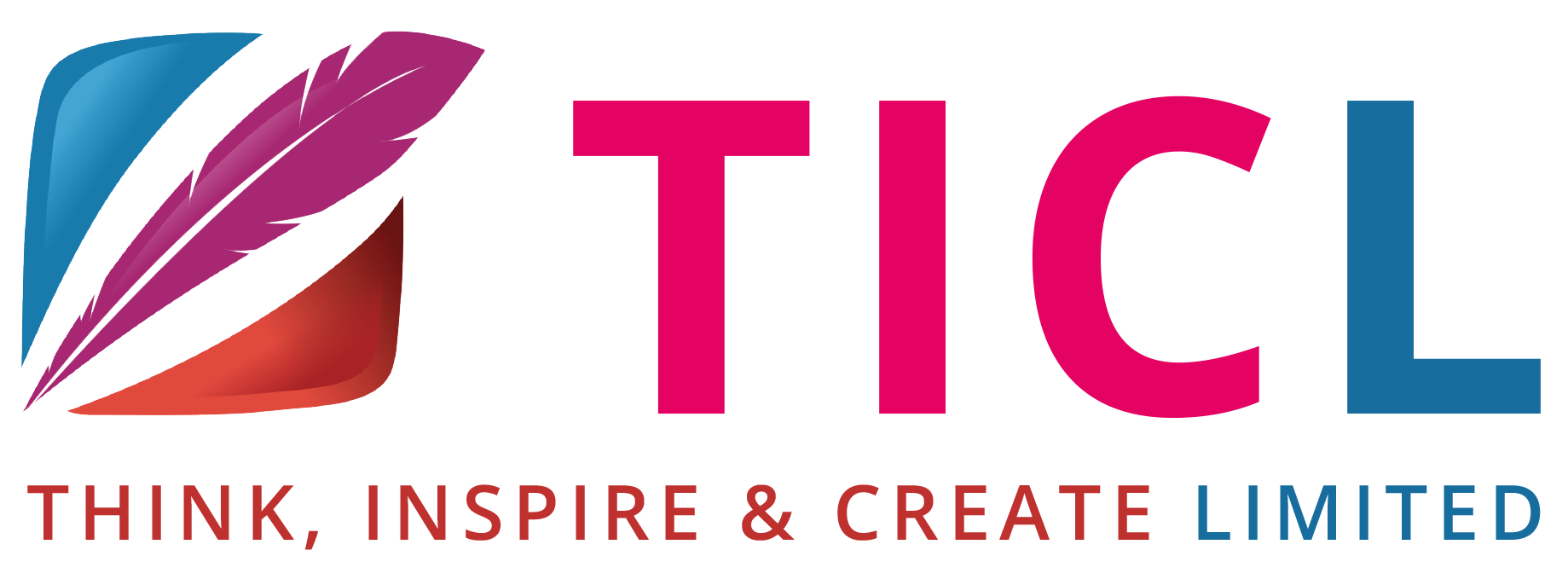Top Tips to Problem Solving in Teams

There are many barriers to change in an organisation and the ability to resolve problems individually and collectively is one of them. When faced with a problem there are 3 common responses people have.
They become uncomfortable and wish it would go away.
They believe they have to have an answer and that it must be the right one.
They look for somebody to blame.
So, being faced with a problem, often causes problems. People tend to see problems as more difficult than they are. Coupled with lack of confidence and being unsure of how to find the best solution. People managers can also be wary of the conflicts that may arise within a team when considering differing solutions.
Your goal is to developing good problem-solving skills in both individuals and the company to create a more conflict-friendly environment.
Here are a few steps you can take towards creating an effective problem-solving process:
Identify the issues
Make sure that the problem is clearly defined and that everyone understands. Remember that people may have different opinions on what the issues are. Don’t assume!
Ask for input, get everyone’s interests
Interests can best be described as the needs you would like satisfied by a given solution. We can often lose sight of these as we become obsessed with the solution itself. The best solution is one that satisfies everyone’s interests.
This is a time for ACTIVE LISTENING! Listen to understand someone else’s viewpoint.
Make a list of possible solutions and evaluate them
This is a time for creativity and brainstorming! Be as imaginative as you want and try to consider the advantages and possible disadvantages of each solution.
Select a solution or solutions
See which offers the most balanced approach. Perhaps that involves “bundling” a few potential solutions together to create a brand new one that is more satisfactory.
Document your solutions and agreements
Writing information down will help you to think and evaluate the details and implications. And, give everyone a chance to see it in black and white.
Discuss and agree any contingencies, monitoring and evaluation
It is possible that conditions may change. Think about how you will monitor the change when you launch this new solution too.
You could do this by creating the opportunities to re-evaluate the agreements and their implementation. For example, “Let’s try it this way for 3 months and then have another look at it”.
Tim Hicks (director of the Master’s Program of Conflict and Dispute Resolution at University of Oregon) once said “Problem solving is like a bend in the road, take it right and you’ll find yourself in a good position for the straightaway that follows. Take it too fast and you might not be in as good a shape.”
